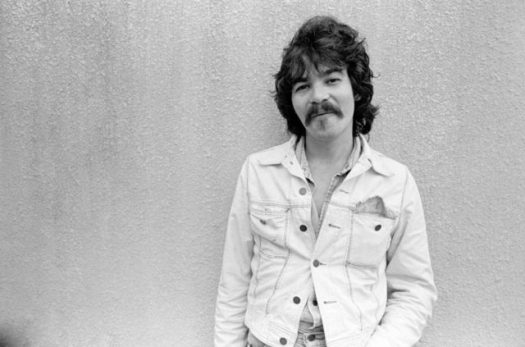Note: This is a post I wrote originally for the Columbia Journalism Review, where I am the chief digital writer
One of the overwhelming trends of the last several years has been the growing dominance of a handful of giant digital platforms, including Google, Amazon, and Facebook. Each one has a market value of half a trillion dollars or more, and that value stems from their almost total control over some of the key levers in the digital economy: Search, online advertising, retail sales, and social networking. That in turn has had a ripple effect on a number of industries, including the media business, where the lion’s share of ad revenue has been siphoned away by Google and Facebook. How did these companies get as big and as powerful as they have? What responsibilities do they have when it comes to things like disinformation, and are they following through on them? And what if anything should we do about their dominance? Should they be broken up, or prevented from acquiring other startups? Should they be forced to help fund the industries they have helped to cripple, like the media industry?
To answer these and other related questions, CJR spoke with Alex Kantrowitz, a technology writer with BuzzFeed and the author of a new book: Always Day One: How the Tech Titans Plan to Stay on Top Forever. And we held a series of roundtable conversations on CJR”s Galley discussion platform with Alex and other technology writers and reporters from a number of outlets, including Casey Newton from The Verge, Priya Anand from The Information, Ina Fried from Axios and Mark Bergen from Bloomberg. The central thesis of Kantrowitz’s book is that all of the companies he researched — Google, Amazon, Facebook, Apple, and Microsoft — believe they have to continually reinvent their business or they will die. In other words, it’s “always day one,” a term that Amazon CEO Jeff Bezos is credited with. When asked during an all-hands meeting in 2017 what day two would look like, Bezos said “Day 2 is stasis. Followed by irrelevance. Followed by excruciating, painful decline.”
Kantrowitz says when he first heard the term “always day one,” he thought it just meant that Amazon staffers worked really hard — which is definitely true (so hard that the company has come under repeated fire for poor working conditions and what some allege amounts to mistreatment). But as he did more research, he realized it actually was about continual reinvention, which is how Amazon has gone from being just an online bookstore to one of the world’s largest retailers, with a cloud computing business, an entertainment business, a grocery store that has no checkout clerks, and so on. One interesting conclusion suggested by his research, he says, is that Apple — which has a market capitalization of $1.2 trillion — may not be able to extend its dominance because it doesn’t take the “always day one” approach. “Apple is in danger of missing the next computing shift, similar to how Microsoft missed mobile,” he says.
Continue reading “How did the digital giants get so big, and what if anything should we do about it?”








